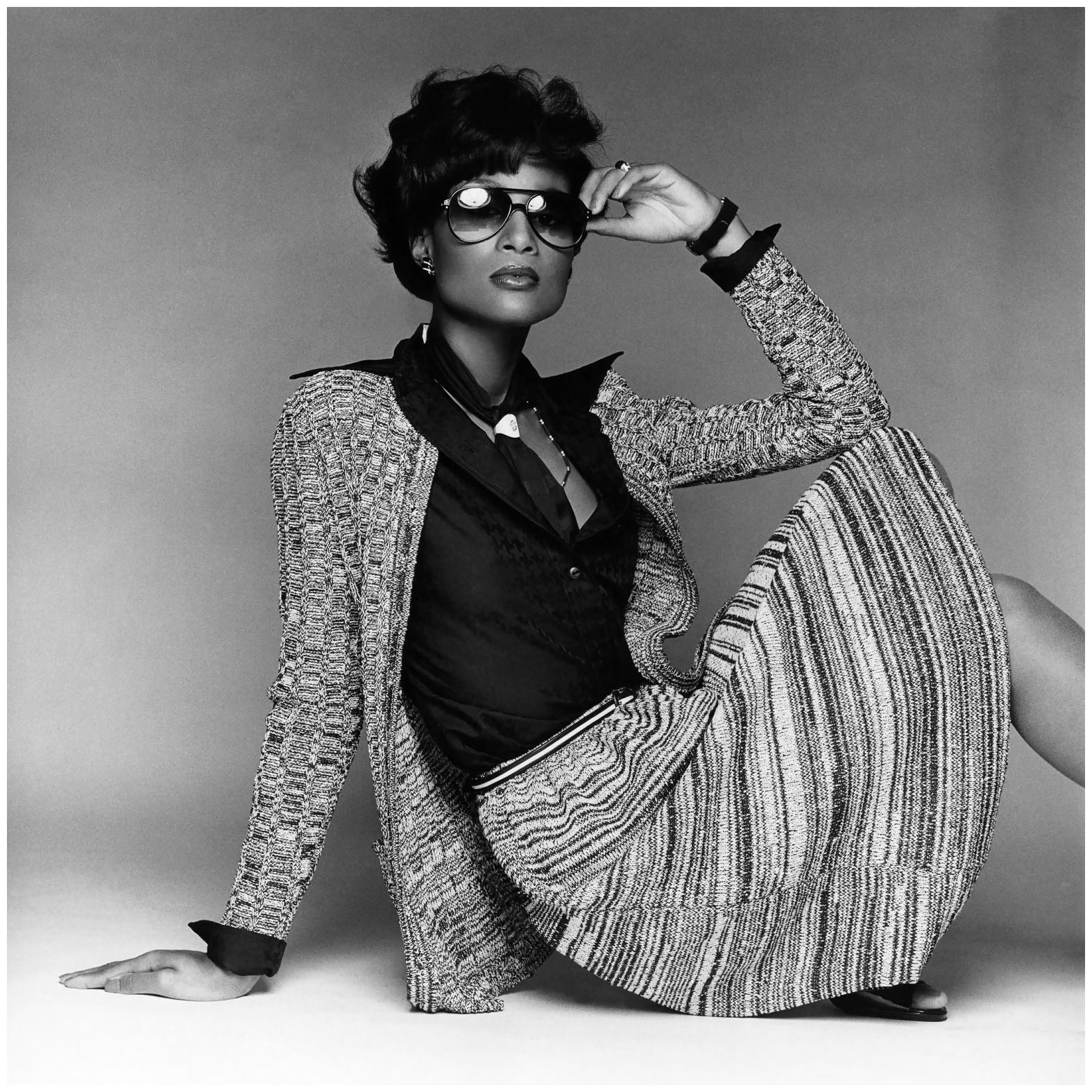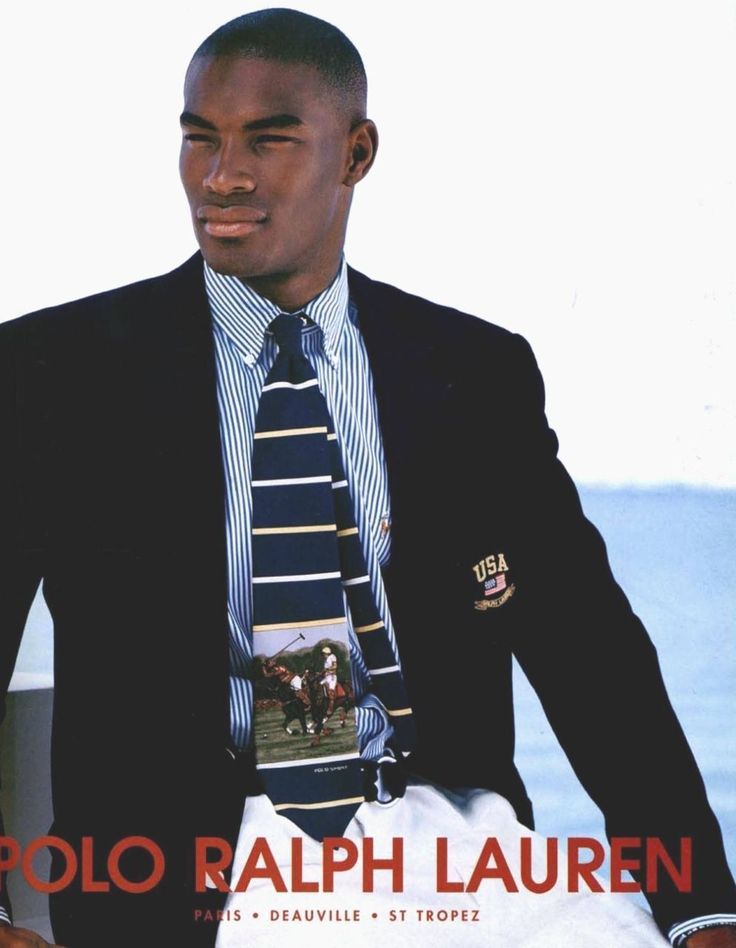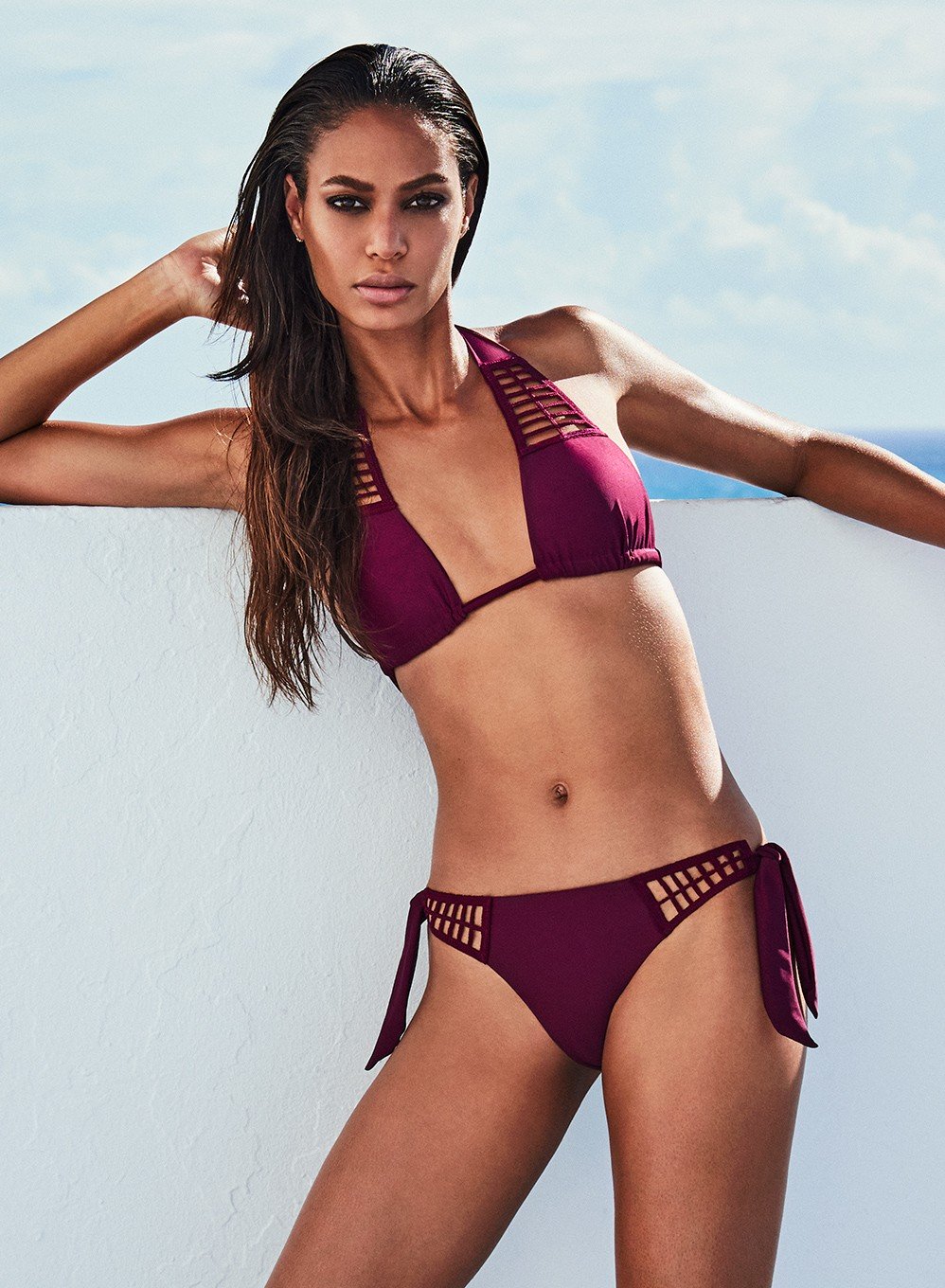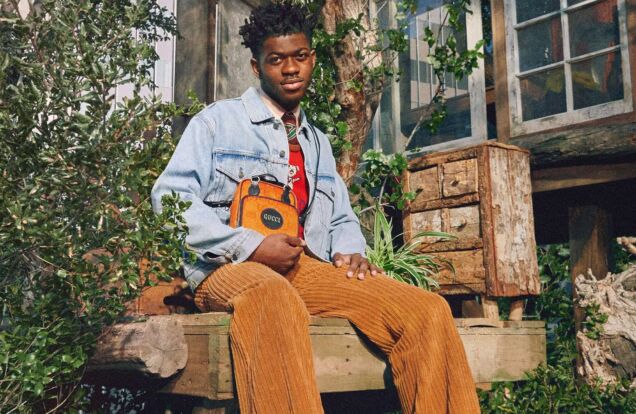WHAT’S THE HANG UP?
Racism in Fashion

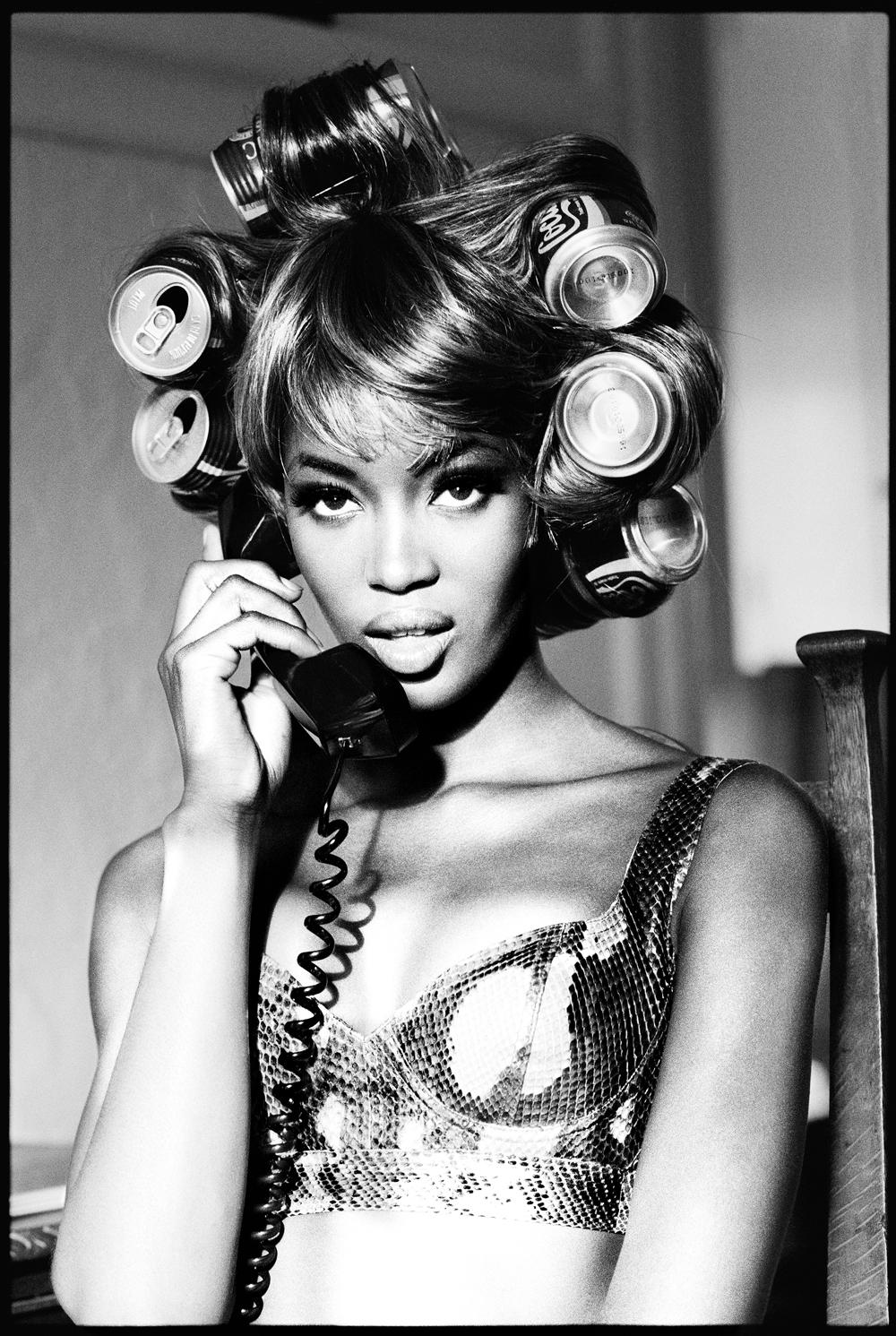
In early June, more than 250 Black fashion professionals, known as the Kelly Initiative, sent a public letter to the CFDA accusing the organization of allowing “exploitative cultures of prejudice, tokenism and employment discrimination to thrive.” The letter was in response to a statement released after a June 2nd Zoom call hosted by CFDA Chairman Tom Ford, which was intended to address the very issues called out by the Kelly Initiative. Several major names in fashion attended the Zoom call, including Michael Kors, Vera Wang, and Prabal Gurung, and everyone was invited to submit their ideas & action plans via email after the call in order to help prepare an official statement. However, not everyone’s ideas were included in the official statement, part of which read:
“Having a clear voice and speaking out against racial injustice, bigotry and hatred is the first step, but this is not enough.”
The statement then went on to detail a four-step initiative, one of which includes placing Black talent in every sector of the fashion industry in order to achieve greater balance. Not everyone was satisfied with this outcome, though – most notably Pyer Moss designer Kerby Jean-Raymond, who called the plan a “watered-down, bubblegum-ass statement that didn’t address the issues.”
He’s right. The hugely-problematic issue of police brutality wasn’t mentioned at all, which again highlights fashion’s perhaps well-intentioned, but unfortunately still somewhat performative efforts to truly address the kinds of racism that have been dogging the industry forever.
Even the fashion non-obsessed are familiar with the fact that racism and fashion sadly go hand-in-hand, and right now in the current climate, with sky-high unemployment, mass death, and worldwide protests, it’s the absolute worst time to hold on to the old status quo of elitism-peddling. Right now it’s about change – true change. Not just compromise.
Real, substantive change has been egregiously slow to take hold in the fashion industry. Over a span of decades, we only saw small movements forward in the areas of inclusion and integration. Beverly Johnson made history as the first Black woman to grace the cover of Vogue in 1974 – a moment one might think (at the time) would revolutionize the industry and usher in a new era of change and increased diversity. Sadly, it barely made a dent as far as diversity in the upper echelons of fashion are concerned. It’s almost as if that cover was being used to create a moment, rather than a movement, along the lines of “look at how trailblazing we are!” Again – well-intentioned at best, performative in hindsight.
Another groundbreaking moment occurred when supermodels Naomi Campbell and Tyson Beckford were chosen to front Polo’s 1996 national ad campaign. What makes this campaign so important and iconic is that Ralph Lauren stubbornly refused to change his mind about his choice of models – even when several European markets refused to run the campaign. It’s that kind of support in the face of adversity, from a powerful white man with the ability to use his privilege in his industry, that makes it more about a true desire for change than a showy display of inclusion. It’s also important to note that this campaign happened twelve years after Johnson’s historic cover shoot. That’s not exactly proof of an industry embracing diversity.
Of course, the problem doesn’t stop with the inclusion (or lack thereof) of diverse models. Moreover, the problem gets worse the higher up you go. Pretty much all of fashion’s most successful brands are controlled by just two conglomerates, LVMH and Kering, which are themselves controlled by white French billionaires (Bernard Arnault and François-Henri Pinault, respectively) and their families. Even their boards of directors are completely devoid of any diversity whatsoever. No matter how many Black models might be walking down the runways, and no matter how included or invited to the table you feel as a luxury consumer to express your sense of style and vision…it’s still their vision.
We at PROVOKR have said it time and time again – it’s time for fashion’s archaic ways to change. Not just in several ways, but all of them. It’s not enough to just see a diverse array of models strutting the runways (which, we must admit, is probably one of the only near-unproblematic aspects in fashion currently). In order to achieve true change and see definitive, metrically-provable progress, we need to see more Black people in the upper ranks. More Black decision makers. More Black designers that aren’t all but blocked from gaining much-needed capital.
And the only way we’ll get there is if the established powers that be are willing to get out of their own way, because culture’s current momentum is going to force them to eventually – whether they like it or not.

